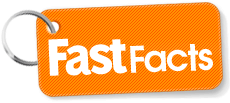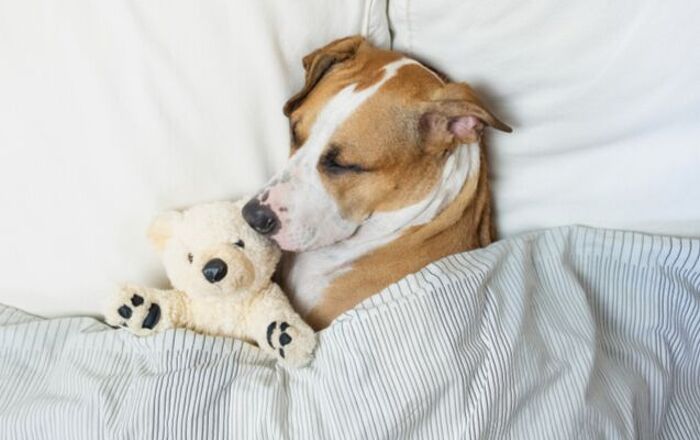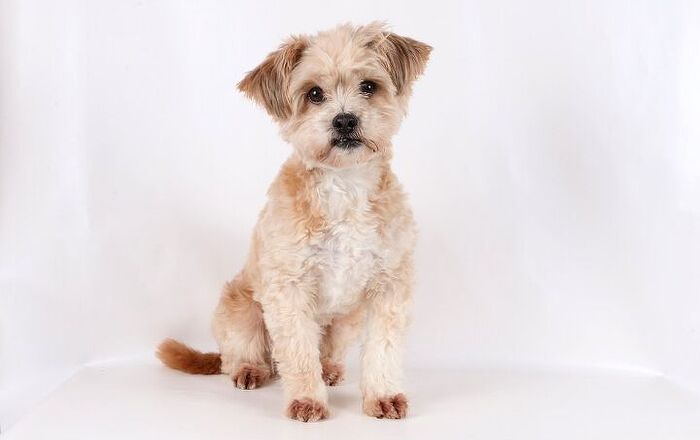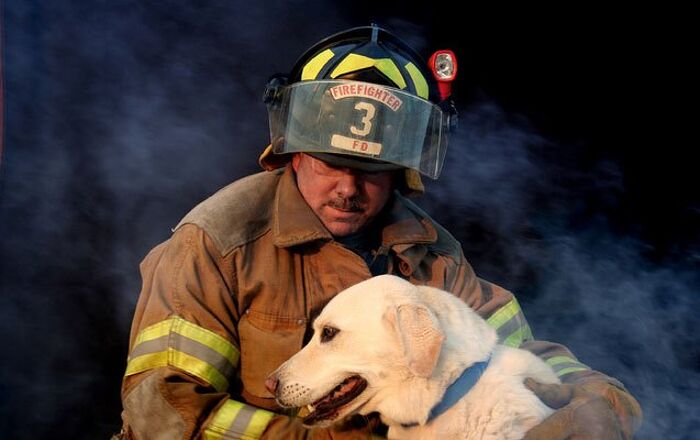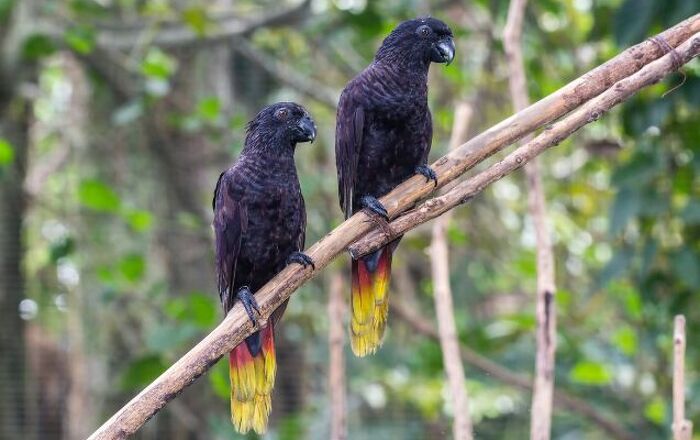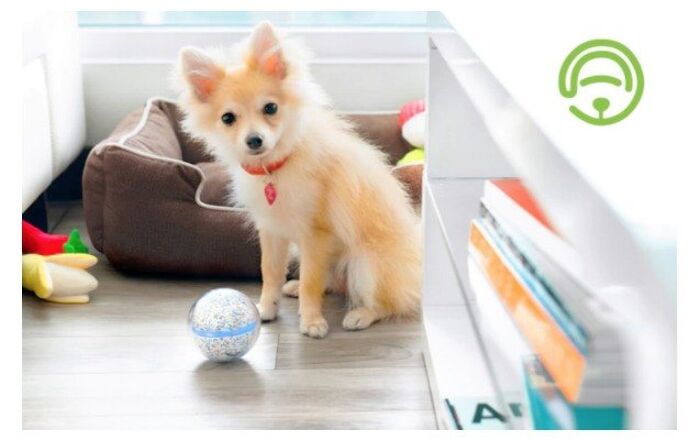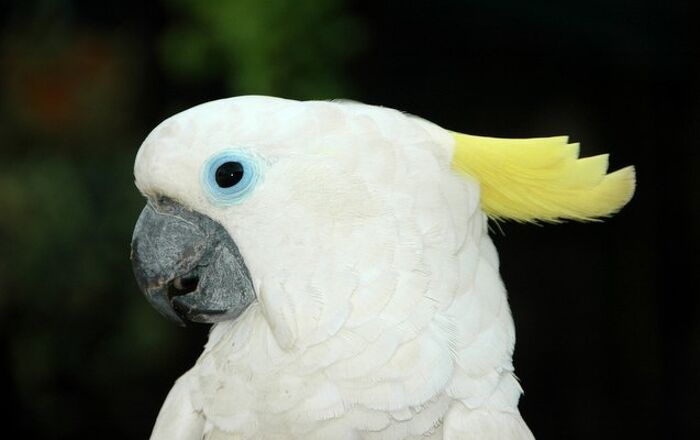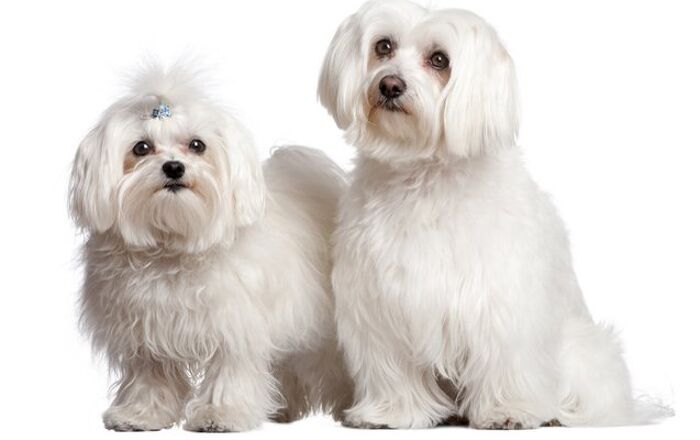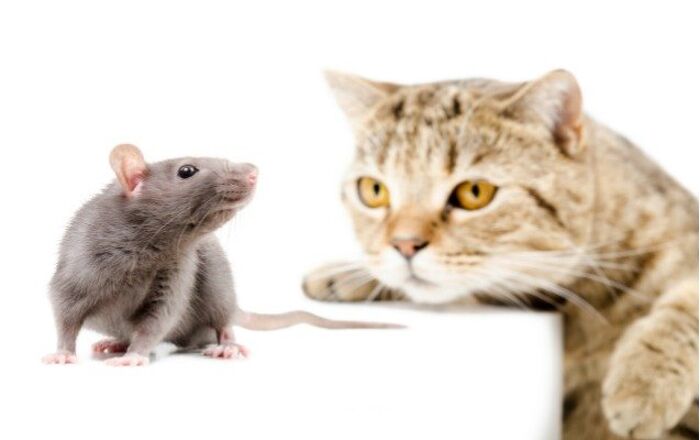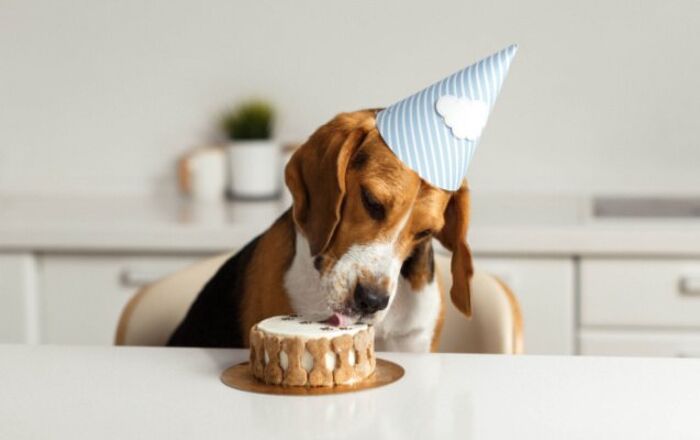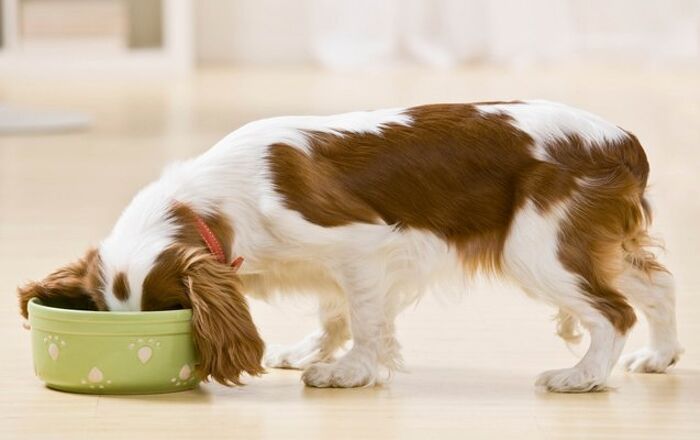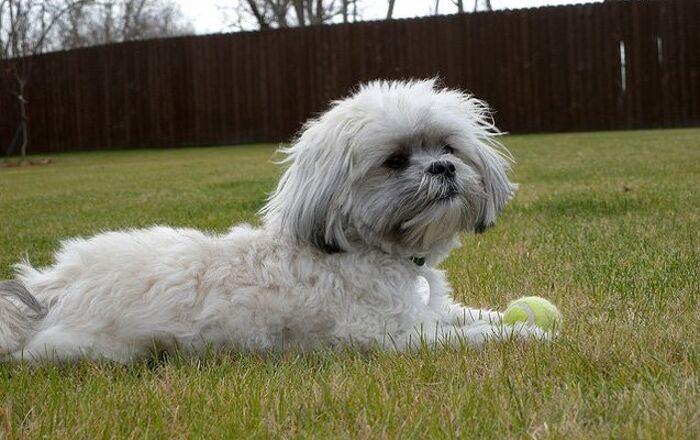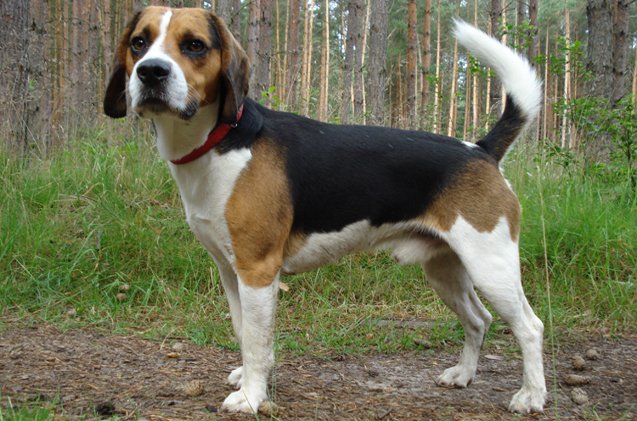
Harrier Basics
With the moniker of “Super Beagle,” it is safe to assume that the Harrier has one heck of a nose! Often mistaken for an oversized Beagle or an undersized Foxhound, his regal stature and expressive eyes set him apart from the rest of the hounds. The Harrier is a people pooch; he loves everybody and would be thrilled to have people line up to pet him. His brilliance and exuberant temperament will keep everyone mesmerized.
Harriers were bred to hunt hare in packs therefore; they are not always comfortable being alone. This breed is energetic and fun-loving. Harriers are trustworthy with children and make a great companion for families who enjoy playing outdoors. To learn more about Harriers, read on.
With the moniker of “Super Beagle,” it is safe to assume that the Harrier has one heck of a nose!
Origin
Although nothing is set in stone, it is believed that the Harrier originated in England. In the 1200s, Sir Elias de Midhope developed the breed. It is considered to be one of the oldest English breeds of dog. Ever since then, Harriers were kept in packs for hunting hare in the English countryside. Harriers were slower than the Beagle. This made them more favorable when hunting the bigger and slower European Hare.
Pedigree
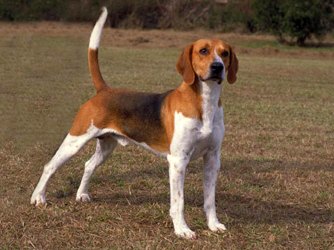
One of the oldest of the English hunting dogs, it is believed that the Harrier was developed through careful breeding of the Old Southern Hound with various Greyhounds and Fox Terriers. In the 1820s, the Harrier was then bred to Foxhounds to increase the dogs’ speed as well as give him the ability to be a dual hunter of both hare and fox. Today, the Harrier is just as happy being in the field as he is sleeping in a bed.
Food/Diet
Harriers are high-energy dogs and they need a quality diet specifically designed to meet their nutritional needs. Dental problems can occur if Harriers are primarily fed a diet of wet, canned food. It is best to feed dry kibble. This will cut down on the risk of cavities, gum infections and overall bad breath.
Although rather intelligent, the Harrier can be a stubborn dog.
Training
Although rather intelligent, the Harrier can be a stubborn dog. He will easily learn commands while hunting in the field however; when it comes to learning household commands, it can be problematic. Bits of cooked meat and a calm yet firm manner will help make training the Harrier easier. Short and repetitive lessons will prove to be more effective than long ones.
Weight
The Harrier is between 19 and 21 inches tall at the withers and should weigh between 40 and 65 pounds.
Temperament/Behavior
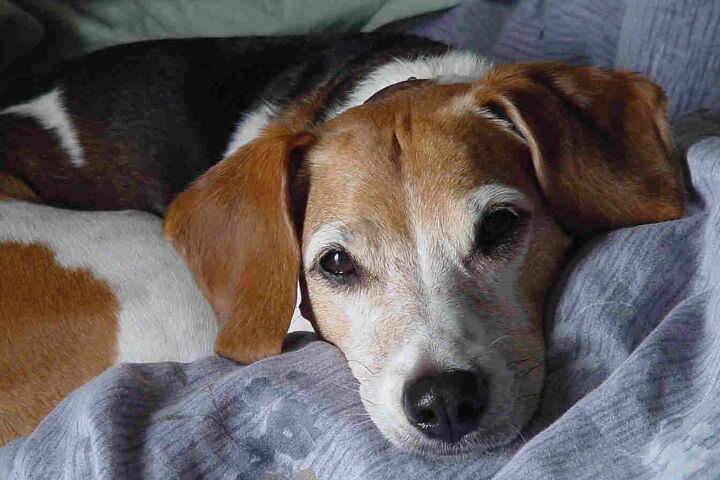
Generally, the Harrier is a playful and fun-loving guy. He enjoys being with people and would happily lie for hours having his tummy rubbed. Harriers are family-oriented and crave being with their human packs however; they readily accept friends and other guests into their homes. This breed is stable and reliable with people of all ages.
Harriers are extremely vocal dogs. When he is lonely, unhappy or merely bored, he will bark incessantly. Harriers howl and they are very good at it. He may hear an emergency siren go off and the howling will begin. He will also howl when alone at night. The vocal issues can be problematic for some owners.
It is important to remember that Harriers chase and hunt down game. This has been inherently bred into them. To the Harrier, this is his job. It is unwise to bring animals other than dogs into a home with a Harrier. Even if he was raised with the family’s pet cat and appears to be fine with it, he may try to hunt it down and kill it. Harriers should be in homes with people and canines only.
Common Health Problems
Harriers are really healthy dogs and the only major issue with the breed is hip dysplasia. Reputable breeders work diligently to ensure that their breeding stock is free from this genetic problem hence; the incidence of hip dysplasia in Harriers is on the decline. This is a good thing as hip dysplasia can cripple a dog and lead to expensive veterinary bills as well as pain for the dog.
Life Expectancy
On average, the Harrier lives to be between 12 and 14 years of age.
Exercise Requirements
The Harrier is a hound and he was bred to chase and hunt hares and foxes. It should be obvious that he has loads of energy therefore; he needs lots of exercise. His incredible stamina requires that he have vigorous sessions of exercise daily. Harriers love to go on runs, go hiking or simply tear up the grass in the backyard running and chasing things outside of the fence. This breed requires at least an hour’s worth of high energy exercise daily.
Harriers love to play so families with kids will be thrilled. Fetch, catch, and tag are favorite games of this breed. Of course, a fenced yard is necessary to keep the dog safe and allow him to get the exercise he needs to stay healthy and happy.
Generally, the Harrier is a playful and fun-loving guy.
AKC
The American Kennel Club states: “Although the Harrier is a smaller version of the English Foxhound, he is still a sturdy, large-boned dog. The breed will work tirelessly, no matter the terrain, for long periods. Today, they serve as family companions and excel in tracking and agility.” The Harrier was recognized by the AKC in 1885.
Coat
With a short but thick coat, Harriers’ coats are relatively easy to maintain. Yes, they shed at least twice each year but brushing the coat a couple of times each week will keep his coat in great shape and much of the hair off of your floor. Monthly bathing will eliminate any nasty odors and help to keep his coat shiny.
Puppies
Harrier puppies require a lot of care and time. They want to play all the time and they can be destructive. It is wise to crate train a Harrier puppy so that he and your possessions will be safe when you cannot keep an eye on him. Obedience training should be started immediately as they can be willful and tenacious.
